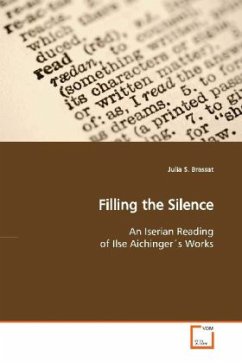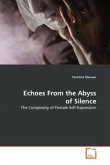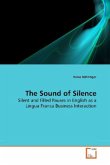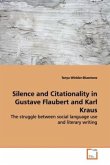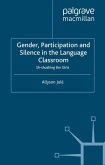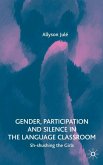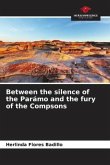The works of the Austrian writer Ilse Aichinger are
often considered impenetrable and incomprehensible.
Aichinger s doubt about conventional language serves
as the basis for her use of highly pictorial and
complex linguistic constructions. Although many
literary scholars have alluded to the impenetrability
of Aichinger s works, few attempts have been made to
investigate the meaning of her texts.
In his theory of aesthetic response, Wolfgang Iser
explains that literary works contain vacancies in the
system of the text that need to be filled by the
reader s imagination. They serve as an impetus for
the reader to draw together apparently unrelated or
conflicting textual aspects. Thus, the reader creates
the meaning through interaction with the text.
This work explores the applicability of Iser s theory
to Aichinger s works to determine whether they leave
space for the reader to create meaning. Selected
texts are analyzed in an attempt to dissolve their
impenetrability and show how the meaning comes to
life through an Iserian reading. In providing a
better understanding of both Iser s theory and
Aichinger s texts this book addresses literary
scholars as well as interested readers.
often considered impenetrable and incomprehensible.
Aichinger s doubt about conventional language serves
as the basis for her use of highly pictorial and
complex linguistic constructions. Although many
literary scholars have alluded to the impenetrability
of Aichinger s works, few attempts have been made to
investigate the meaning of her texts.
In his theory of aesthetic response, Wolfgang Iser
explains that literary works contain vacancies in the
system of the text that need to be filled by the
reader s imagination. They serve as an impetus for
the reader to draw together apparently unrelated or
conflicting textual aspects. Thus, the reader creates
the meaning through interaction with the text.
This work explores the applicability of Iser s theory
to Aichinger s works to determine whether they leave
space for the reader to create meaning. Selected
texts are analyzed in an attempt to dissolve their
impenetrability and show how the meaning comes to
life through an Iserian reading. In providing a
better understanding of both Iser s theory and
Aichinger s texts this book addresses literary
scholars as well as interested readers.

